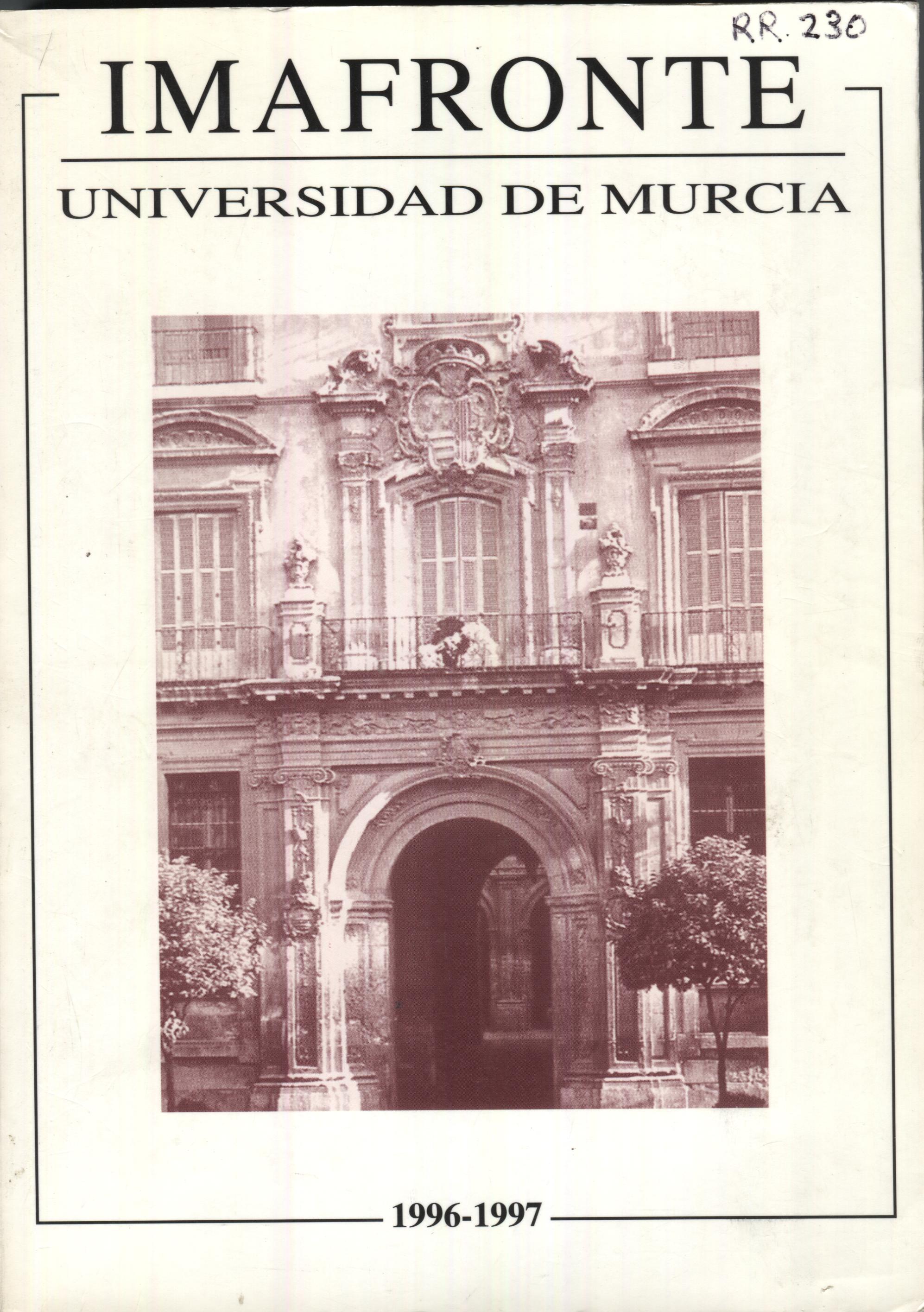LA FACHADA PRINCIPAL DEL PALACIO EPISCOPAL DE MURCIA: UN CASO SINGULAR DE PINTURA MURAL AL EXTERIOR Y DE PROBLEMÁTICA CONSERVACIÓN
Resumen
The Bishop's Palace in Murcia is one of the few 18th century Spanish Baroque monuments which conserves in its principal facade mural paintings as ornamental decoration, together with, fine stone-sculptured motits. This characteristic as well as the size and architectural quality of the building make it one of !he most unique without doubt. The decorative paintings represent in each of !he adornings, a group of motifs that are similar and form a type of tapestry, framed by attractive mouldings and rocaille (Rococo ornament) that surround medallions and shields in the form of a horn-ofplenty with rocaille. The state of conservation that this facade presents is very poor since thepictorial elements as well as the stone ones are highiy deteriorated. The diagnosis of its state will be referred to in more detail, intending to highlight the necessity to contribute to a prompt and adequate restoration that such a noble facade deserves.Descargas
-
Resumen440
-
PDF238
Las obras que se publican en esta revista están sujetas a los siguientes términos:
1. Los autores ceden de forma no exclusiva a la revista los derechos de explotación (reproducción, distribución, comunicación y transformación).
2. Las obras que se publican en esta revista están sujetas a la licencia Attribution-ShareAlike 4.0 International (CC By SA 4.0). Por lo que se pueden copiar, usar, difundir, transmitir y exponer públicamente, siempre que:
i) se cite la autoría y la fuente original de su publicación (revista, editorial y URL de la obra), permitiendo así su reconocimiento.
ii) se permite remezclar, transfromar o crear a partir del material mientras se mantenga la misma licencia del original.
3. Condiciones de auto-archivo. Se permite y se anima a los autores a difundir electrónicamente las versiones pre-print (versión antes de ser evaluada) y/o post-print (versión evaluada y aceptada para su publicación) de sus obras antes de su publicación, ya que favorece su circulación y difusión más temprana y con ello un posible aumento en su citación y alcance entre la comunidad académica. Color RoMEO: verde.
























